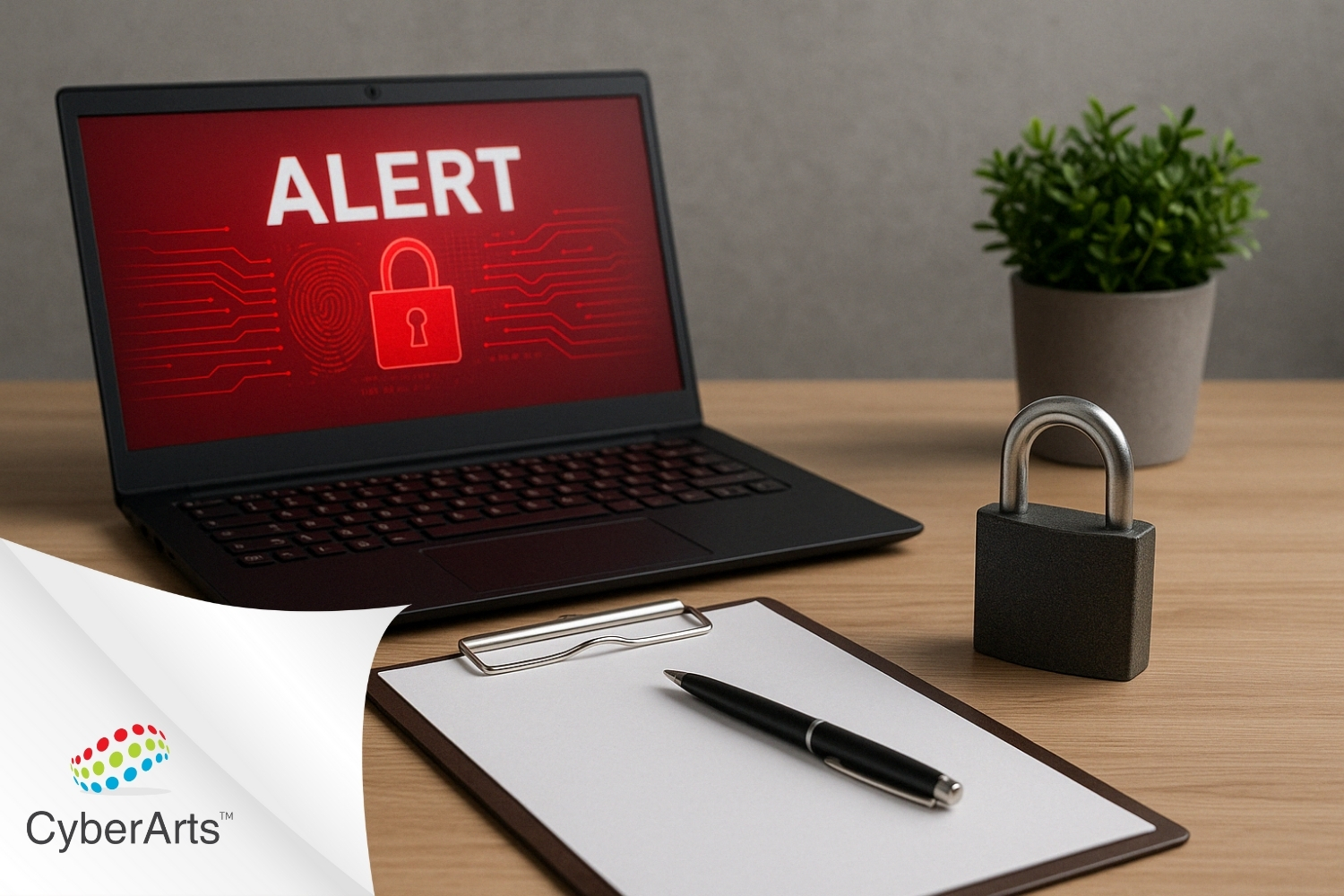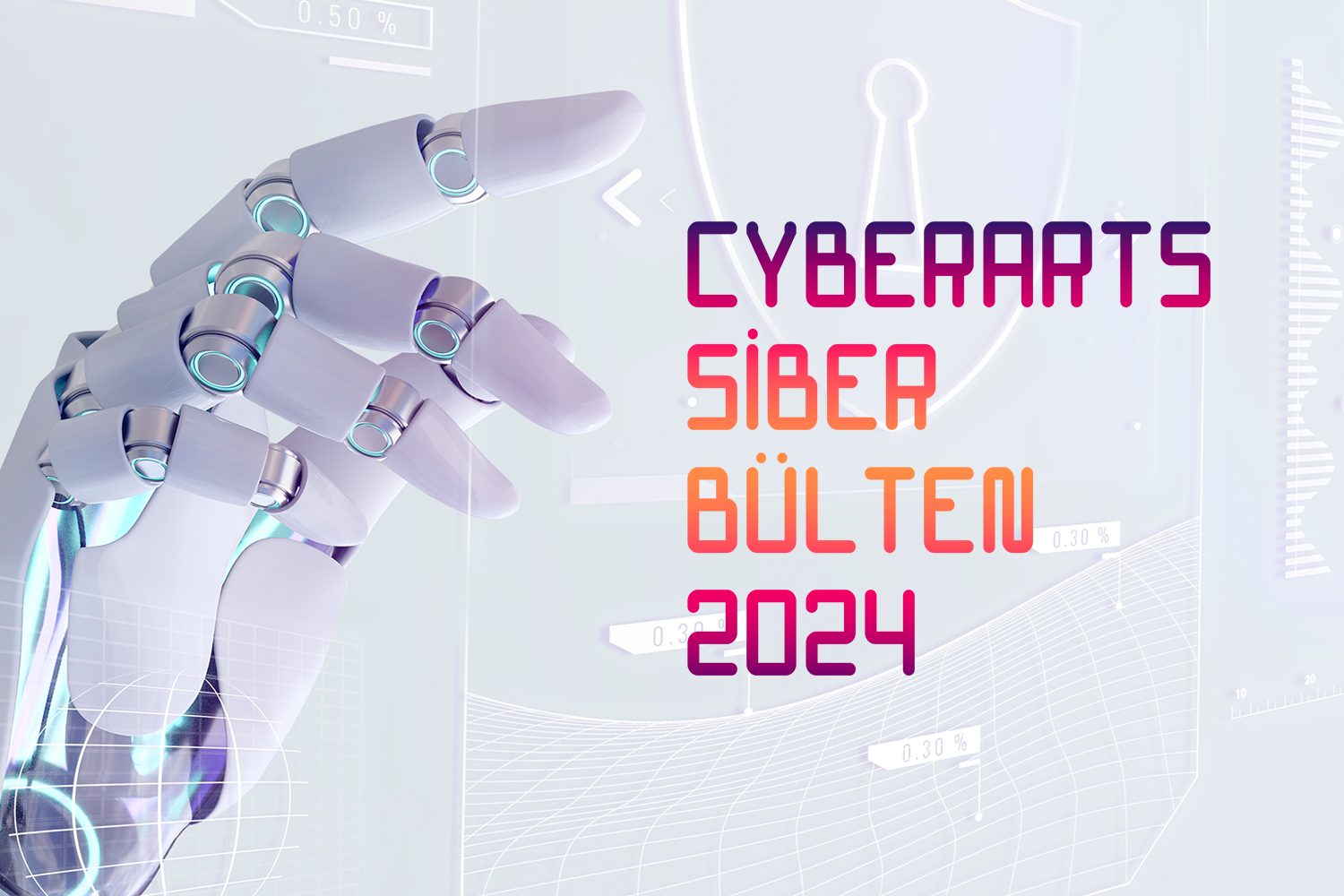The Internet of Things (IoT) is a technology revolution that is rapidly penetrating every aspect of our daily lives, from our homes to our workplaces. Smart thermostats, security cameras, health devices and many other devices make our lives easier thanks to internet connection. However, the comfort and efficiency provided by these devices also bring significant security risks. With the spread of IoT devices, cyber attacks against these devices are also increasing. In this article, we will discuss the importance of IoT security, the main security threats encountered and how we can deal with these threats.
What is IoT and How Does It Work?
- Devices have hardware such as sensors to collect data.
- Data collected by sensors is shared via the cloud and integrated with software.
- The software then analyzes the data and delivers it to users through an app or website.
Smart devices connect to an IoT platform, defined by IoT For All experts as “the supporting software that connects everything in an IoT system.” There are hundreds of IoT platforms available, and some are made by industry giants like Oracle and IBM.
The Internet of Things has become possible in large part thanks to technologies that connect devices and enable them to communicate with each other. Connectivity options offer a range of advantages and disadvantages; Some are better suited for certain use cases, such as smart homes, while others are better suited for IoT applications, such as industrial automation. These technologies can be divided into two categories: IoT data protocols, which enable the exchange of information between devices, and IoT network protocols, which connect devices to each other and to the Internet.
Here are 10 common IoT protocols as examples:
- wifi
- Bluetooth
- Zigbee
- Cellular
- LoRaWAN
- Sigfox
- MQTT
- Advanced Message Queue Protocol (AMQP)
- Limited Application Protocol (CoAP)
- HyperText Transfer Protocol (HTTP)
What is IoT Security?
IoT security refers to a strategy of security measures that help protect these internet-connected devices from cyber attacks. These are a fairly new cybersecurity discipline, considering the relatively recent introduction of these non-standard computing devices.
The practice of IoT security involves protecting, identifying, and monitoring risks, threats, and breaches across multiple device systems. This also includes fixing any dangerous links in the smart hardware chain. The interconnected nature of IoT means that a network is only as strong as its weakest link, shared between both IoT devices and standard computing devices.
The Importance of IoT Security
As IoT devices increase their influence, the potential for unauthorized network access also increases. By design, IoT devices are not built with any security mechanisms. And in most cases, it is not possible to install security software afterwards.
Potential IoT attacks can range from unauthorized access and data theft to physical tampering of devices. Once a single device is compromised, a hacker can then move laterally across the network, accessing other devices and potentially compromising the entire network.
KVKK and GDPR: IoT Security and Protection of Personal Data
In Turkey, the Personal Data Protection Law (KVKK) and the European Union General Data Protection Regulation (GDPR) are important legal regulations regarding the protection of personal data. These regulations set certain standards and requirements regarding the collection, processing and storage of personal data. The use of IoT devices must comply with these regulations and necessary steps must be taken to ensure the security of personal data.
ISO 27001 and IoT Security
ISO 27001 is an international standard in the field of information security and specifies the requirements for establishing, implementing, monitoring and improving an organization's information security management system. In terms of IoT security, the framework and guidelines provided by ISO 27001 can be a valuable resource for securing IoT devices. Using these standards, organizations can secure IoT devices and minimize data security risks.
IoT Security and Explicit Consent
Today, Internet of Things (IoT) technology provides many benefits that make our daily lives easier, but also raises significant concerns about the protection of personal data. IoT devices are often used to monitor users' behavior, habits, and preferences. Such data may contain users' sensitive information and therefore raise privacy concerns.
Personal data protection laws generally require explicit consent for the processing of personal data. Explicit consent is a specific, informative and clear approval given by the individual voluntarily and with free will. IoT devices often collect data on an ongoing basis and must obtain users' explicit consent to determine how that data will be used.
IoT technology plays an important role in the evolving digital world, but issues such as personal data protection and explicit consent cannot be ignored. Processing of personal data collected by IoT devices should be based on the explicit consent of users, and the confidentiality and security of this data should be ensured.
Risks of IoT in Terms of Cyber Security
Internet of Things (IoT) technology allows devices to collect, process and share data by connecting to the internet. However, widespread use of this technology may pose significant risks to cybersecurity. Here are some key risks that IoT faces in terms of cybersecurity:
Weak Security Standards: IoT devices are often equipped with weak security measures. Manufacturers may ignore vulnerabilities in the design of devices or fail to provide updates, making devices vulnerable to cyber attacks.
Authentication Issues: Many IoT devices have weak or missing authentication mechanisms. This allows unauthorized persons to access and control the device.
Data Privacy Violations: IoT devices often collect and process sensitive personal data. However, the security of this data can be the target of cyber attackers and cause data privacy breaches.
Botnet Attacks: IoT devices can be used to create botnet networks. Large botnet networks can be used for malicious activities such as distributed denial of service (DDoS) attacks and can disrupt internet services.
Physical Safety Hazards: Some IoT devices may be physically accessible. This allows devices to be physically damaged or manipulated, increasing cybersecurity risks.
These risks indicate that securing IoT devices requires greater attention and effort. It is important for manufacturers to implement stronger security measures and for users to use their devices safely. Regulators also need to set stricter standards on IoT security.
As a result, while the internet of things (IoT) technology provides great convenience in modern life, it also brings significant cyber security risks. The security of IoT devices is not only the responsibility of manufacturers, but also of users and regulators. Implementation of strong security standards, development of authentication mechanisms and protection of personal data will enable us to safely benefit from the advantages offered by IoT. Therefore, being conscious and proactive about IoT security would increase our cyber security at both individual and societal levels.
Disclaimer
Dear visitor,
This blog post is for information purposes and has been prepared with the aim of raising awareness against attacks and taking measures in this direction. We remind you that it is not legal to use the information in this article outside of its purpose, we recommend you to apply it in your test environments beforehand. Otherwise, we declare that CyberArts is not responsible for any errors, deficiencies or malfunctions that may arise in your systems due to this situation and cannot be held responsible for direct or indirect damages and losses that may arise from them.
Regards,
CyberArts Informatics Incorporated Company
[vc_row][vc_column][vc_cta h2=”” add_button=”bottom” btn_title=”Teklif Talep Edin” btn_style=”flat” btn_shape=”square” btn_color=”danger” css_animation=”fadeInLeft” btn_link=”url:https%3A%2F%2Fcyberartspro.com%2Fteklif-isteme-formu%2F||target:%20_blank|”]Siber Güvenlik, Dijital Dönüşüm, MSSP, Sızma Testi, KVKK, GDPR, ISO 27001, ISO 27701 ve DDO Bilgi ve İletişim Güvenliği Rehberi başlıklarıyla ilgili teklif almak için lütfen tıklayın.[/vc_cta][/vc_column][/vc_row]












